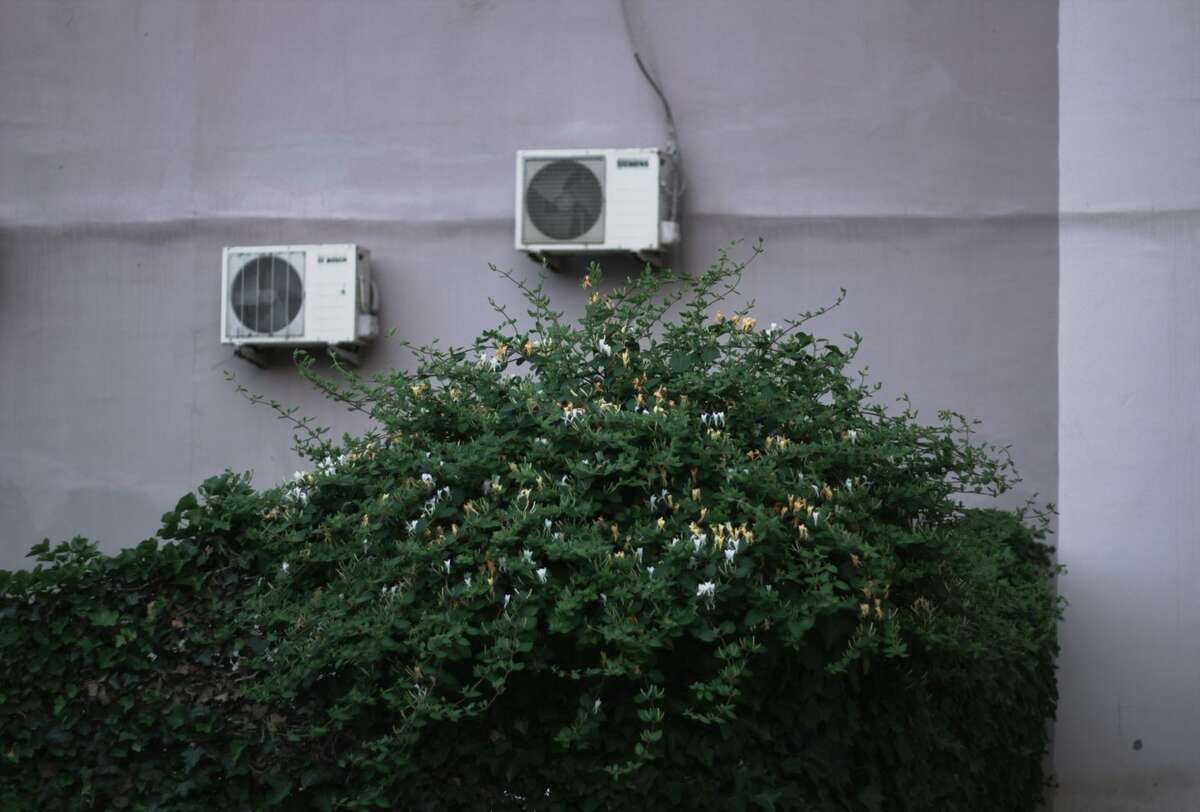The emergence of energy ventilation recovery (ERV) systems marks a pivotal development in enhancing thermal comfort and energy efficiency — two critical factors for sustainable living. HVAC systems with ERVs will be indispensable to modern building developments as the focus on maintaining healthy and comfortable indoor environments intensifies.
Delve deeper into how ERVs function, their unique advantages over comparable solutions, and why energy professionals should prioritize them in new constructions and renovations.
Understanding ERVs
ERVs are advanced mechanical ventilation solutions that enhance indoor air quality while minimizing energy loss. They exchange stale indoor air with fresh outdoor air, utilizing a heat exchanger to transfer thermal energy and moisture between the two airstreams.
For instance, the ERV draws heat from the exhaust to preheat the incoming cool air before supplying it indoors during winter. Conversely, it precools hot outdoor air during summer. This recovery process reduces the energy load on heating systems without impacting thermal performance. According to a recent study, modern ERV units can recycle 60%-95% of lost ventilation and cut heating energy consumption by 50%.
ERVs are also essential for regulating indoor humidity levels. In damp conditions, the system uses the dryer outgoing air to reduce moisture levels in the incoming air. It does the opposite on dry days, capturing moisture from the outgoing air and applying it to the incoming air to increase humidity.
The Role of ERVs in Optimizing Thermal Comfort and Energy Efficiency
The dual function of ERVs in exchanging stale air for fresh air while also balancing indoor humidity is imperative to achieving thermal comfort and energy efficiency. These goals are vital to healthy living in 2024 amid soaring population and urbanization rates. Here are the major benefits of this technology.
Reduced Energy Usage
ERVs significantly reduce the load on heating and cooling systems by preconditioning incoming air using the energy from exhausted air. Building occupants can achieve their desired indoor temperatures without overexerting their HVAC appliances. This translates to lower power consumption and reduced utility costs — a welcome boon, considering electricity rates have increased over 40% in the last decade.
Year-Round Comfort
ERVs help maintain consistent indoor temperatures and humidity levels. They ensure occupants remain comfortable throughout the year, regardless of external weather conditions. This feature is particularly helpful in regions facing wild temperature variances as the seasons change.
Improved Indoor Air Quality (IAQ)
Enhancing IAQ is increasingly vital for health outcomes as people spend more time inside their homes. Building experts estimate indoor volatile organic compound (VOC) levels to be two to a thousand times higher than outdoors. Inhaling these contaminants for prolonged periods can cause headaches, fatigue and allergies and exacerbate existing respiratory conditions.
Using ERVs can help minimize these VOCs by constantly exchanging stale indoor air with fresh outdoor air. This process ensures occupants enjoy crisper air with fewer pollutants and allergens.
Increased Property Value
Properties equipped with advanced energy-efficient technologies like ERVs often have higher market values. An ERV system can make a property more attractive as energy efficiency becomes a priority for buyers and tenants, potentially leading to quicker sales or higher rental rates.
Climate Change Mitigation
The urgency surrounding climate change has never been greater — extreme weather events are becoming more frequent, necessitating upgrades prioritizing comfort and efficiency.
Buildings currently account for around 40% of energy consumption, as well as substantial amounts of landfill waste and air pollution, making them a major culprit in global warming. Integrating ERVs can help mitigate these impacts by reducing energy usage and, by extension, reliance on fossil fuels for heating and cooling.
What Drives the ERV Market?
The demand for ERVs is on the rise, driven by a confluence of factors highlighting the increasing importance of energy efficiency and sustainability. At its current trajectory, the market is projected to exhibit a CAGR of 8.5% and a $6.6 billion valuation by 2030.
Stricter regulations are the key driver propelling this growth. Governments and regulatory bodies have become more stringent in enforcing energy-saving and IAQ codes.
These regulations create an imperative for developers and building owners to prioritize solutions for improved human and environmental well-being. For example, the recent ASHRAE Standard 90.1 sets rigorous energy usage requirements for new construction and older structure renovations. Future addenda will likely tighten these exigencies based on regional climate zones.
Integrating ERVs is instrumental in meeting these requirements by providing a cost-effective solution to reduce energy consumption and regulate indoor environmental quality.
The growing awareness of IAQ’s impact on health and productivity is another critical consideration. This trend inspires renewed demand for building technologies that enable a consistent supply of fresh, clean air regardless of outside conditions. ERVs are a compelling solution to this challenge, making them appealing to eco-conscious homeowners and businesses.
Trends and Outlook
ERVs will likely become a critical component of smart building systems development as the market matures. For instance, incorporating this technology into smart HVAC frameworks allows users to remotely monitor and adjust ventilation settings with ease. This grants them enhanced indoor climate control tailored to their preferences.
ERVs equipped with air quality sensors and monitoring systems are gaining market traction thanks to their dual advantage of real-time pollutant detection and automatic adjustments. Advanced IoT devices can track indoor and outdoor environments, transmitting live data to adjust ventilation rates for optimal IAQ and energy efficiency.
ERVs vs. HRVs
Though ERVs and heat recovery ventilators (HRVs) share similar functionality, they cater to different requirements. HRVs are typically used in colder climates to capture and reuse outgoing warm air, making them ideal for regions with lower temperatures.
On the other hand, ERVs may be best suited for hot and humid climates because they can recover heat and moisture from the exhaust.
Adopt ERVs for Enhanced Thermal Comfort and Energy Efficiency
The many benefits of ERV systems underscore their growing induction in sustainable building practices. These advantages highlight the most important reasons energy professionals should wholeheartedly recommend their implementation across the built environment










